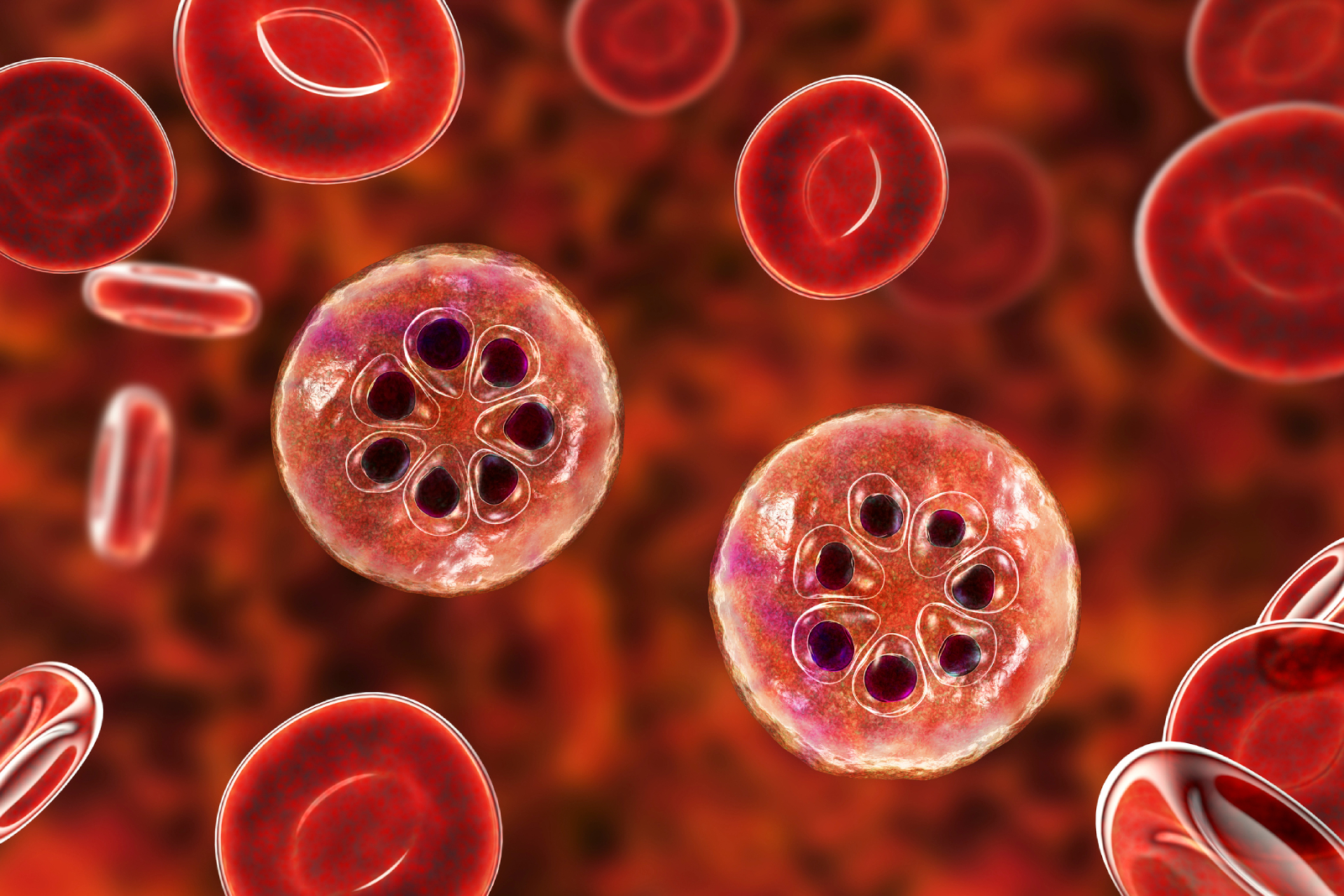THE IDEA
The appendages that protrude from a mosquito’s head hold the sensory systems that account for nearly all of its ability to detect and respond to a wide range of chemical signals that are critical for its reproduction and its survival. At the molecular level, these systems rely on genes that make up three families of chemosensory receptors. These genes include gustatory (taste) receptors, ionotropic receptors and odorant receptors that collectively facilitate a wide range of essential behaviors.
To better understand how these chemosensory pathways help the malaria-carrying mosquito Anopheles coluzzii transmit disease, LJ Zwiebel, Cornelius Vanderbilt Chair and professor of biological sciences and his lab utilized CRISPR gene editing techniques to create mutant mosquitoes in which they could map and functionally characterize the role of a crucially important IR gene known as Ir76b.

“While CRISPR is widely used in other model organisms, it remains technically demanding in Anopheles mosquitoes,” said Zi Ye, co-first author and a graduate student in Zwiebel’s lab. “We managed to delicately deliver CRISPR components into mosquito eggs with microinjection, whereby genetic elements were precisely inserted into the Ir76b locus to disrupt and localize gene expression.”
Because of earlier work at Vanderbilt and other universities, the Zwiebel lab had good reason to believe that Ir76b acts as a crucial co-receptor required to form active IR complexes on the mosquito head appendages. The data they collected supported that belief.
“We show that female mosquitoes need the IR pathways for olfactory and probably gustatory responses to amines, which are a diverse family of chemical compounds that notably includes ammonia, an important component of human body odor that attracts biting mosquitoes,” said Zwiebel, who also is a professor of pharmacology. “Even more compelling, we discovered that Anopheline mosquitoes behaviorally require Ir76b for mating and for taking up a blood meal (the actual sucking not the biting!).”
WHY IT MATTERS
The data reveal discrete roles of Ir76b across olfactory and gustatory pathways, shedding light on a potential molecular target for the design of new disease vector control strategies.
“One exciting discovery we found is the unusually enhanced activities of mosquito antenna neuronal response to several amines, which are components of human sweat,” said Alex Liu, co-first author of this study and a postdoctoral scholar in Zwiebel lab.
Mosquito-borne diseases such as malaria have persisted since the dawn of humanity. For much of the developing world, these diseases are an ongoing, existential global health crisis that is responsible for deaths of more than 500,000 people annually. This and other mosquito-centered research open the door to developing another approach to reducing mosquito-borne disease.
“These data point to the complex interactions between the mosquito chemosensory system and its behavior,” Zwiebel said. “It also points to a new target for controlling mosquito transmission of malaria and other diseases.”
WHAT’S NEXT
The Zwiebel lab is expanding its IR-based studies and exploring research and other opportunities to target those pathways to control the spread of disease.
FUNDING
This work was conducted with the support of Vanderbilt University and National Institute of Allergy and Infectious Diseases grant AI127693.
GO DEEPER
The article, “Discrete Roles of the Ir76b Ionotropic Co-Receptor Impact Olfaction, Blood Feeding, and Mating in the Malaria Vector Mosquito Anopheles coluzzii” was published in the Proceedings of the National Academy of Sciences on June 1, 2022.
